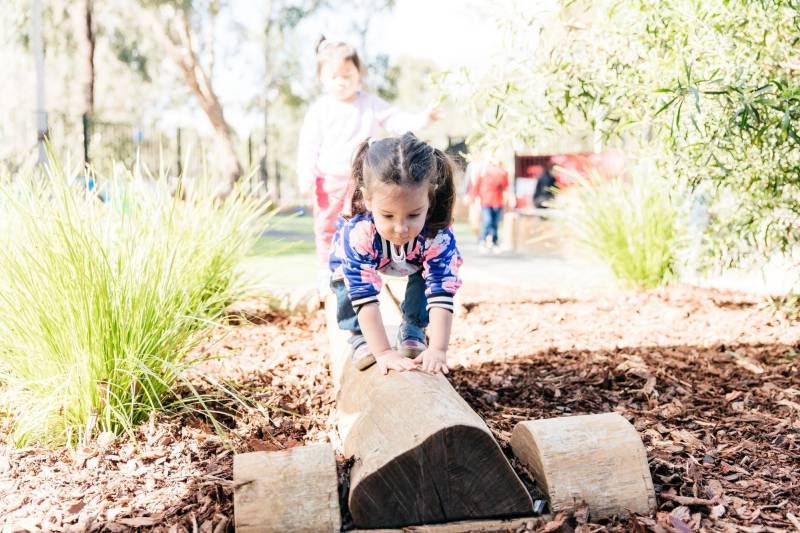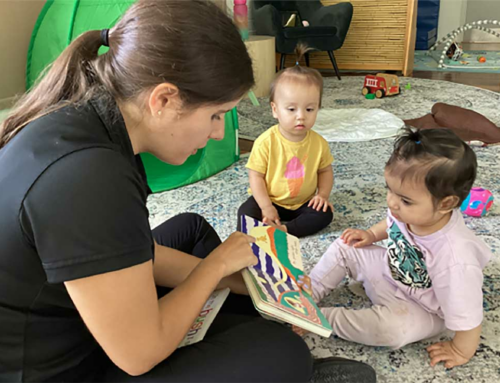Temper tantrums are the things of parents’ nightmares. They can happen at any time and anywhere. Yes… that’s my child having a complete meltdown on aisle 2. But even as we struggle to handle the phenomenon known as the terrible twos, it’s easy to question our parenting skills.
What am I doing wrong? How do I control my child?
Disapproving looks from spectators add to our self-doubt, especially when the outburst occurs in public. Oh, how mortifying that this is my child, screaming on the floor in a fit. Can I disown them? Do I send them to time-out?
Take a big breath and remain calm. Before going down the path of consequences, let’s begin by investigating:
- Why we call it the terrible twos
- The triggers behind a child’s tantrum
- 5 positive ways to respond to toddler tantrums.
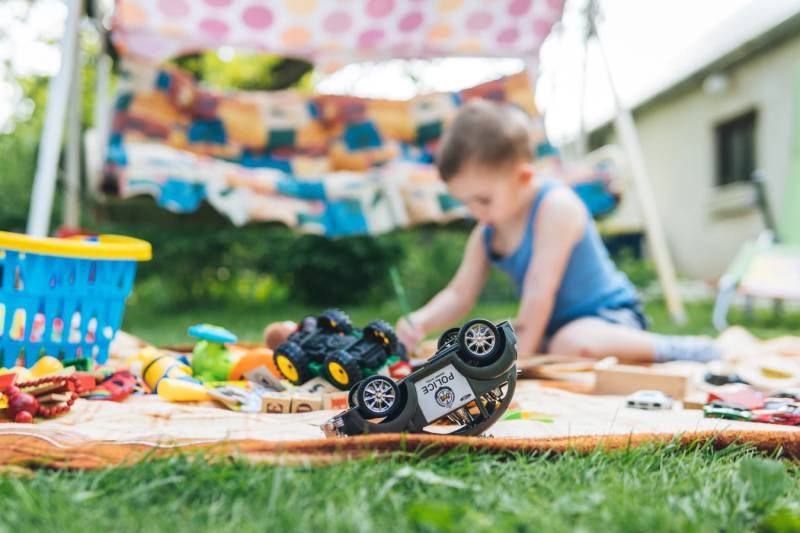
Why do we call it the terrible twos?
There’s a good reason for the coined term, the terrible twos, even though tantrums aren’t solely attributed to two-year-olds. Most children begin experiencing this behavioural attribute between the ages of 1 and 3, but it can also occur in older children too.
Tantrums, that explosion of negative emotion in a child where they scream, cry, flail, stiffen their limbs and throw themselves down on the floor in a frustrated heap, happens in varying degrees and for varying lengths of time. Some children may also hold their breath or grow violent.
Older children tend to repeat this performance when they haven’t learnt how to keep their cool or they discover they can use it to get their own way. It’s all too easy for a parent to relent and give in to a child’s demands if it means keeping the peace, even when it rewards bad behaviour.
But what causes temper tantrums?
There are several reasons why young children throw temper tantrums:
- A child’s social and emotional skills are still developing.
- They also don’t yet have the language and communication skills to express their opinions and feelings.
- They want more independence, but they fear being separated from their parents.
- They discover they can change the way things work.
- They feel tired, hungry or uncomfortable.
By learning what triggers your child’s temper tantrum it provides you with choices as to how you react.
It also means you can change the environment or conditions that trigger a tantrum before it happens. However, it’s important to acknowledge that you can’t change your child’s behaviour or control the way they’ll react, you can only provide them with guidance.
As well, accept that your child isn’t trying to upset you, nor are they doing this on purpose. Put simply, they haven’t yet developed the skills they need to handle their emotions or “big feelings” as tantrums are referred to by the Victoria government’s Better Health website.
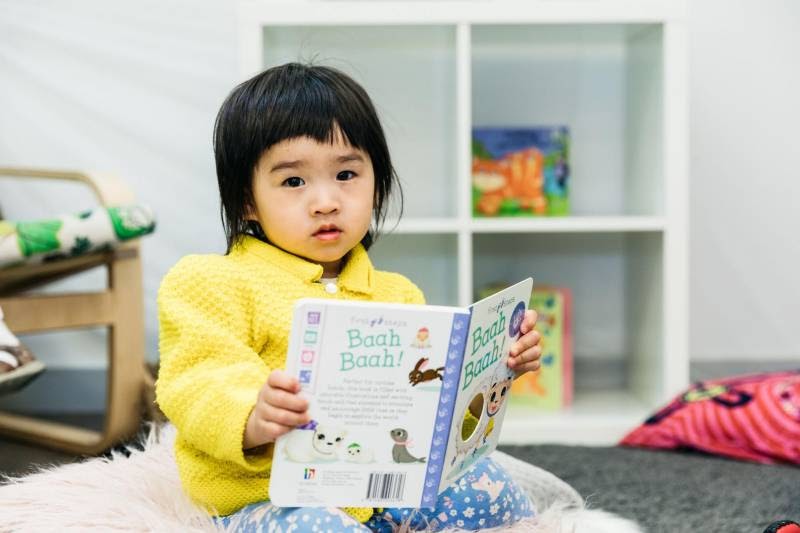
So, how do you stop a toddler tantrum?
There really is no one solution that fits all situations or children. Every child is unique, even siblings. However, observing your child is an excellent place to start. Learn what triggers their tantrum, and you’ll be able to make better choices as to how to respond.
Below, we’ve sourced five positive parenting responses to temper tantrums that you might like to try:
1. Remain calm
No matter how you really feel deep down, stay calm. Even if it seems like your child’s been swapped for a changeling! A toddler tantrum is a natural behaviour.
Speak gently to your child and respond with kindness. Never yell or lose your cool by reducing yourself to the same vocally aggressive behaviour.
Sometimes, it’s best to let your child cry it out. Perhaps walking away and ignoring the outburst is an option if it’s safe to do so. Be aware, that for some children your absence may bring on separation anxiety.
Alternatively, you could choose to sit down nearby and wait it out. Your calm presence and just being there, may soothe their feelings and help to create a safe and secure environment.
2. Read and talk with your child
One of the reasons behind toddler temper tantrums is a child’s inability to communicate. So, help your child learn new words by reading and talking to them. Include your child in frequent conversations and encourage them to use words to express their thoughts and opinions.
3. Reduce temper tantrum triggers
Observe your child and reduce or remove the triggers that cause your child’s temper tantrums. If they’re more likely to have a meltdown when they’re tired and hungry, encourage them to have a snack and a nap before it happens. Make sure they get plenty of sleep and have meals on time.
Actively listen to your child too. Perhaps what they’re asking for isn’t so bad and can be accommodated. After all, they may have just spent the last two hours stuck in the world’s most uncomfortable trolley while you did the grocery shopping.
But once you say no, be resilient. Perhaps a distraction, like playing a photo opportunity or a game of “I’ve forgotten where I parked the car”, and asking for their help to find it, might stop their meltdown.
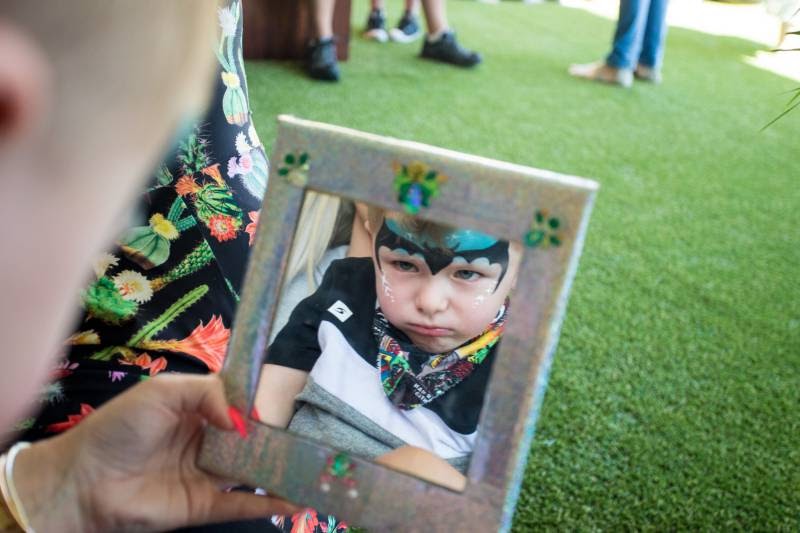
4. Understand that children also have feelings and thoughts that deserve to be heard
Acknowledge how your child feels. Commiserate with them if it’s appropriate. “I totally understand that you want to play on the swing, but it’s not available.” This gives them the opportunity to readdress their feelings and response.
Set aside regular time to spend with your child where they choose the activities and have your full attention. Reward and reinforce positive behaviours like effort, politeness, kindness, sharing and being helpful with compliments.
5. Show empathy
Listen to your child’s feelings. Talk to them about how they feel and encourage them to use their words to describe their feelings. Show you understand by talking about how they feel and discover why they think they reacted a certain way to a situation.
Help your child process and manage their feelings.
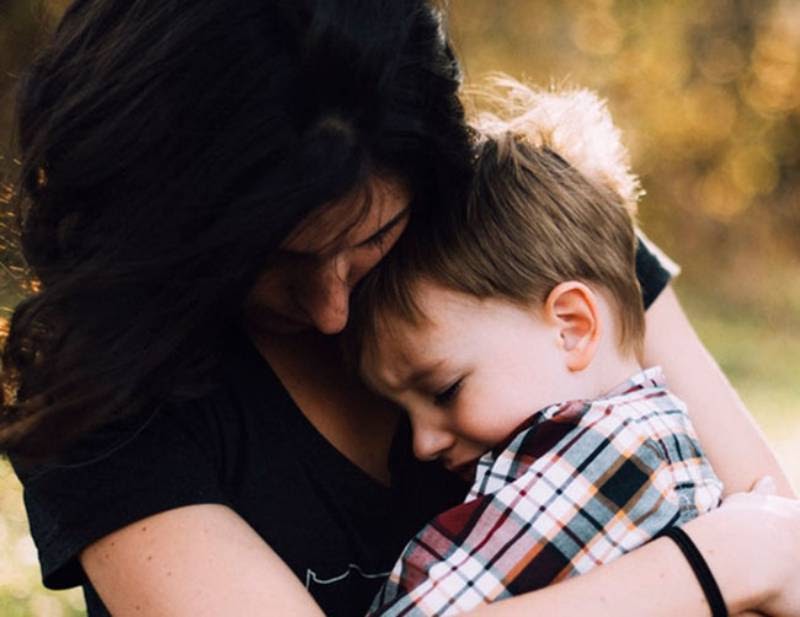
Resolving child tantrums
After a temper tantrum has subsided, give your child some tissues and a big hug. Let them know you love them. Now that they’re calm, be careful not to reward their tantrum or send mixed signals by relenting and getting that lolly or toy.
By following these positive responses, you can provide your child with the tools necessary to process their feelings and avoid tantrums. Over time, if your attempts to stop temper tantrums don’t get results, seek professional guidance.
If you decide to introduce consequences, keep them short and explain them ahead of time so there are no surprises. Consequences, like time out or the naughty corner, are best reserved for children over three who can make connections between their actions and the consequences.
When your child is flailing and crying and making a right mess of themselves, it helps if you also remain calm, keep in good humour and wait it out. Hurricane [insert your child’s name here] will eventually blow over.
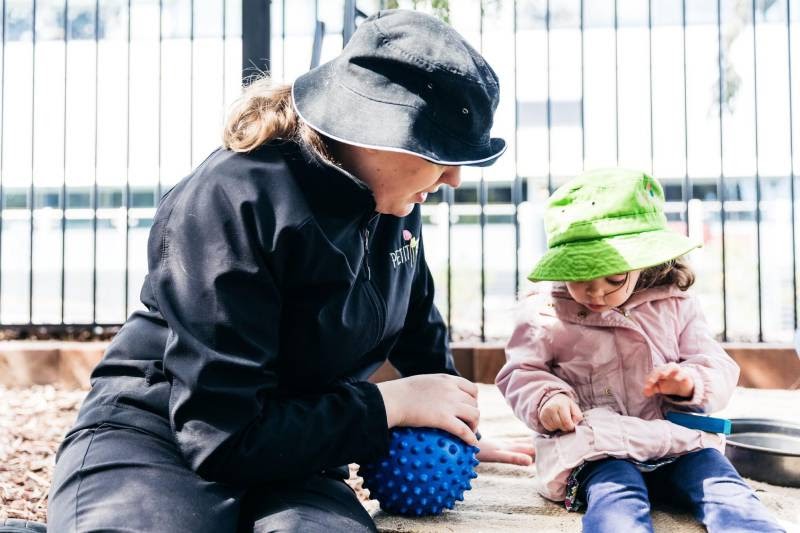
Learn how Petit ELJ guides children’s behaviour
At Petit, we use a positive approach to redirect your child’s behaviour while aiming to develop their social, emotional and cognitive intelligence. We encourage behavioural management techniques such as prevention and positive redirection.
We also provide positive role models for our children. Petit’s educators lead by example demonstrating good behaviours, as well as engaging children in discussions on problem-solving and natural consequences.
We welcome further discussion on guiding your child’s behaviour. Come visit a Petit Early Learning Journey centre and discover how your child can grow into a healthy and happy learner.
